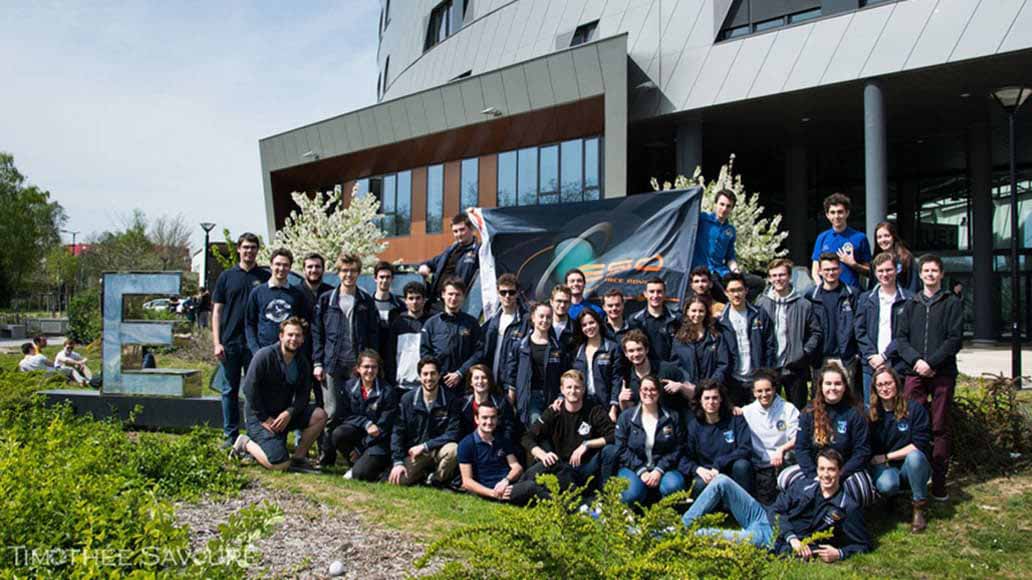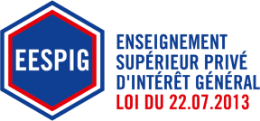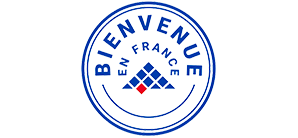New sounding rocket developed by students

ESO (Estaca Space Odyssey) est l’association des fans de spatial : ses membres conçoivent et réalisent chaque année des fusées, des CanSat, des ballons stratosphériques…
ESO (Estaca Space Odyssey) is an association for space fans: every year, its members design and build rockets, CanSats, weather balloons, etc. Thanks to the support of Planète Sciences and the Centre National d’Etudes Spatiales (CNES), students take part every year in a launch campaign of their spacecrafts to test their projects and avial of professional expertise Their projects are likely to carry a wide range of experiments such as speed and pressure sensors or anti-roll systems.
A major new project was launched last year: ESTACA Space Launcher, a probe which aims to beat the current European student rocket flight altitude record of 32 km.
A 5-year student rocket construction project
After a one-year feasibility study, the ESO association decided to pursue this ambitious project which calls on leading-edge technical skills. The whole ESO association is involved, representing 80 to 90 people, spread over the 2 campuses in Laval and Saint-Quentin. Students are recruited from 3rd year as the skills needed to carry out this project are quite complex. Some notions have already been dealt with by the students in class, others are to be discovered and learned.
A student project conducted like a design office
To get more than 80 students working on 2 sites, it was necessary to get organised! The project is divided into 9 independent sub-projects, 7 of which are “engineering, technological and associative projects” included in the school’s academic program and supervised by professionals
The 7 projects are:
- Aerodynamics: aerodynamic coefficients of the rocket, flaps and warhead
- Propulsion
- Architecture
- Telemetry, to communicate during the flight
- Life cycle analysis, to study the constraints
- Simulation for pre-flight testing
- Materials, to test varioussolutions
Some groups have already made considerable progress. In propulsion, for example, the students have already decided to use hybrid propulsion with a solid (paraffin) and liquid (H2O2) engine. Deciding on the site of the launching base is also well advanced as it affects pressurization of the tanks: the goal is to launch in 2025, probably from a launch base in the north of Sweden.
The project budget is estimated at €100 000 over the 5 years, and the association is looking for partners to supplement its budget and ensure the success of this project!













